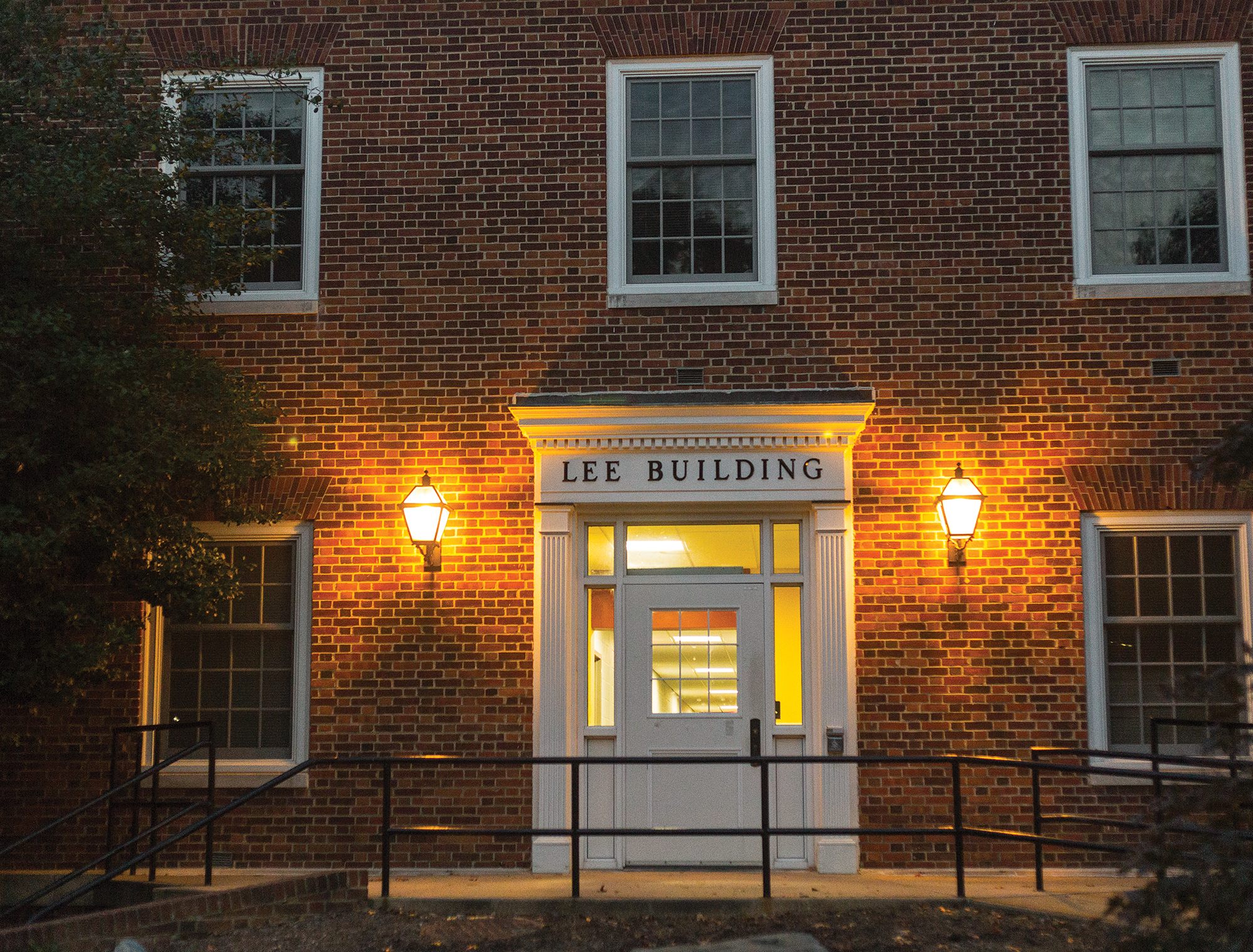Some graduate students want the University of Maryland’s graduate school to change their policies to make it easier to complete multiple degrees at the same time.
While in a doctoral program, some graduate students complete enough courses overlapping with similar fields to earn a master’s degree as well — often coming just one or two classes shy.
However, this university’s policy does not allow graduate students to use these courses to count toward two related degrees — although certain program offer exceptions — which some graduates said is an inefficient use of tuition money and makes them less competitive in the job market.
“It’s really restricting,” said Nishat Seraj, a second-year biochemistry doctoral student. “It limits students’ ability to diversify their skill set. When you’re applying to jobs, it puts us at a disadvantage compared to the rest of our peers in the country and within the Big Ten.”
Several other Big Ten schools, such as Ohio State University and Michigan State University, offer more flexible dual-degree graduate programs than this university, Seraj said.
For example, graduate students at Ohio State can share up to half of their credit hours between two similar degrees, said Lauren Madden, Ohio State’s assistant director of registration.
Moreover, Michigan State allows graduate students to develop a dual major doctoral degree that requires only one dissertation for both programs, according to its website. This university does not allow dual doctorates.
This university offers 25 established dual-degree programs, such as master of business administration and a master of public policy, said Jeffrey Franke, interim dean of the graduate school.
These dual-degree programs go through a review and approval process to ensure students learn the same amount they would if they had taken the degrees separately, wrote graduate school Communications Officer Mary Carroll-Mason in an email.
Students who want to set up their own simultaneous doctorate and master’s degree program must meet with the heads of both programs’ departments and agree on a plan before it’s sent to the graduate school for approval. Franke said the graduate school tries to be “creative and solution-oriented, as opposed to saying yes or no.”
However, some graduate students feel like taking more than one degree is “heavily discouraged,” Seraj said, adding that she would like to see the graduate school do more.
“It’s kind of disheartening because … you see all these ads and prints saying, ‘We strive for excellence,’ and, ‘We’re now Big Ten,'” she said. “But the very same group of people that contribute to the University of Maryland in terms of research is limited in what they’re able to do at this university and [their ability] to gain as many skills and to learn as much as they can.”
This university also offers a wide variety of certificates for graduate students, and the graduate school offers professional and career development services to increase its students’ employability, Franke said.
“We have [opportunities] there, I think part of it is maybe we haven’t communicated it well to the students,” Franke said. “We’ll listen to what the students are saying they need, we’ll look at what the market is requiring, and we’ll do our best to adjust to be able to provide to ensure the students’ success.”



